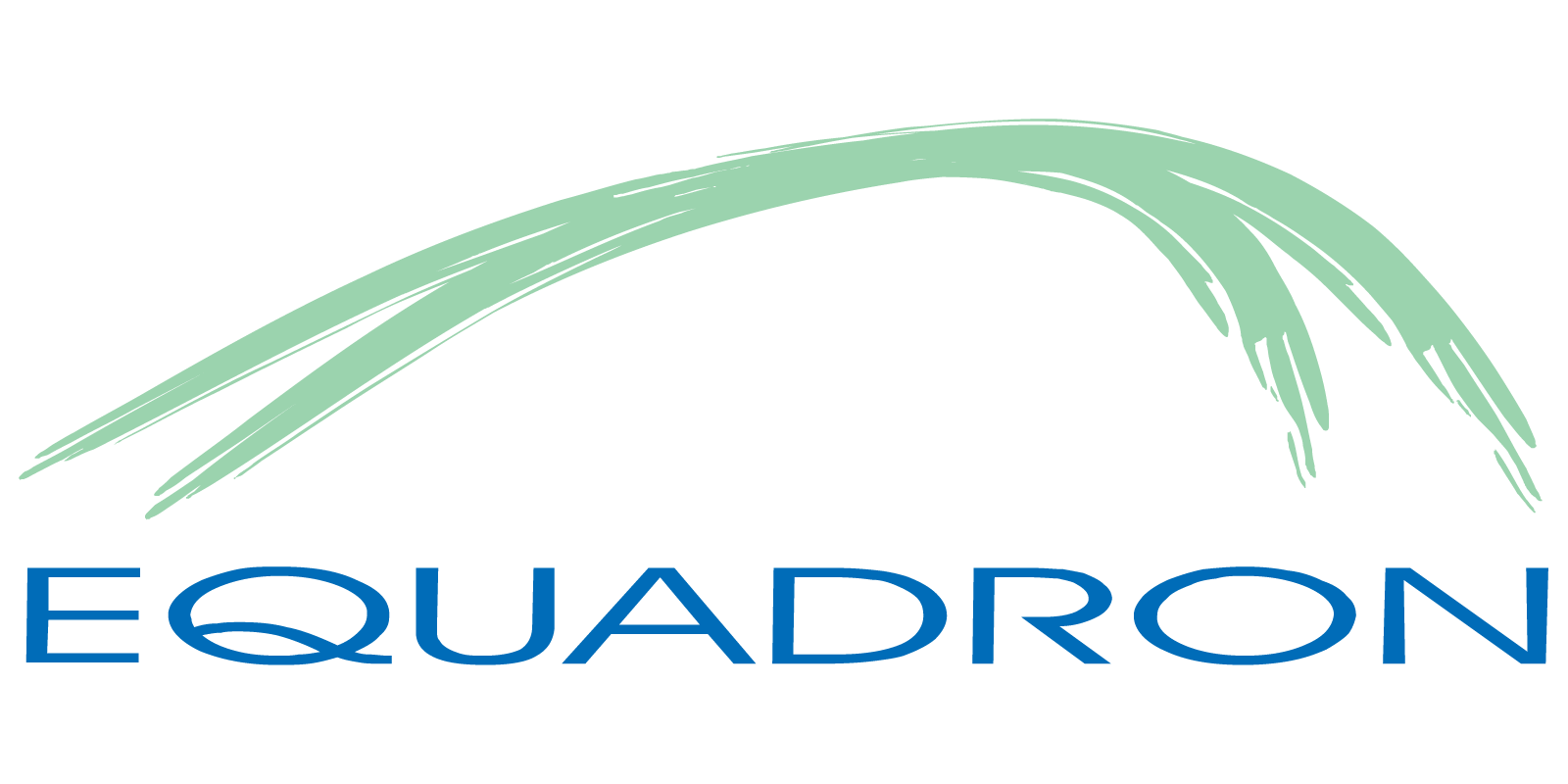The first step should be familiarizing yourself with the new or rehab project requirements. The structural steel project specification as well as the IFC and erection drawings should contain all the information needed for the job such as the type of joint and the bolt type and size. It is also recommended to read the bolts standard to learn information such as dimensions and lubrication. Special attention should be given to the bolted connection design and detailing, as the bolts may be required to be installed to a specified minimum tension, depending on the type of connection.
Once the paperwork is done, the next step is to conduct a visual inspection before assembly. The visual inspection should include an examination of the steel members. Look for their adherence to the drawings and any visible signs of damage, such as cracks, paint defects, corrosion, or deformation of the steel members. The bolts, washers, and nuts should also be inspected to verify their alignment with their standard requirements.
During the assembly, all joint surfaces, including those adjacent to bolt heads, nuts, and washers, should be free of loose scale, burrs, dirt, and foreign material that could prevent firm contact with the parts. Also check to see if the bolts are loose, missing, or damaged. Make sure that the bolted connection is properly aligned and that the bolts are evenly tightened.
All personnel assigned to the task should have a clear understanding of the type of bolted joint: snug-tightened, pre-tensioned, or slip-critical. For snug-tightened joints, the snug-tightened condition is typically achieved with a few impacts of an impact wrench, the application of an electric torque wrench until the wrench begins to slow, or the full effort of a worker on an ordinary spud wrench. Now, if the designed joint is pre-tensioned or slip-critical, it is fundamental that pre-installation verification testing is performed to:
- Ensure that nonconforming bolting assemblies are not incorporated into the work; and
- Check the proper implementation of the selected pre-tensioning method and the adequacy of the installation equipment.
Performing a proof of concept before the actual work for pre-tensioned or slip-critical bolting assemblies using a bolt tension measurement device allows verifying that the pre-tensioning method to be used in the work develops a pretension that is equal to or greater than that specified in the structural code.
Slip-critical joints involve another level of diligence due to the faying surfaces’ condition requirements depending on their class. If painted, it is critical to understand the paint suitability, surface preparation, and application requirements needed to achieve the desired slip coefficient.
Inspecting structural steel bolted connections is essential to ensure the safety and integrity of steel structures. Although it may seem straightforward, pre-tensioned and slip-critical connections require a higher level of understanding and care to ensure that the bolted joints are properly executed.
Regular inspections should be conducted to detect any defects and ensure that the bolts are in good working order. Following the steps outlined in this article can help ensure that bolted connections are properly inspected and maintained. Remember, safety should always be the top priority when inspecting any steel structure.

